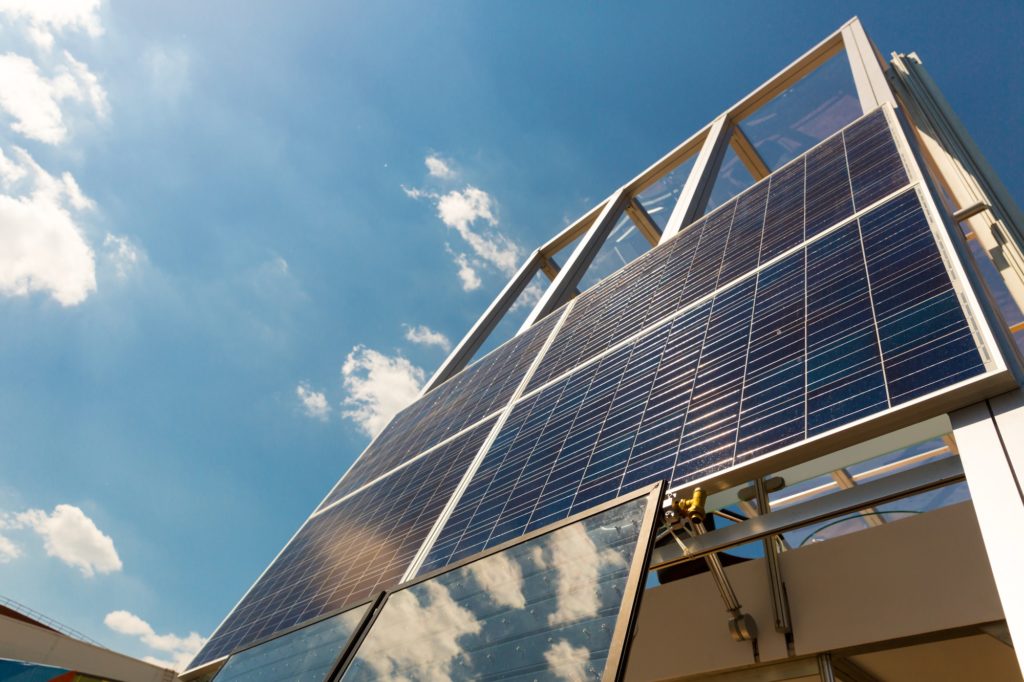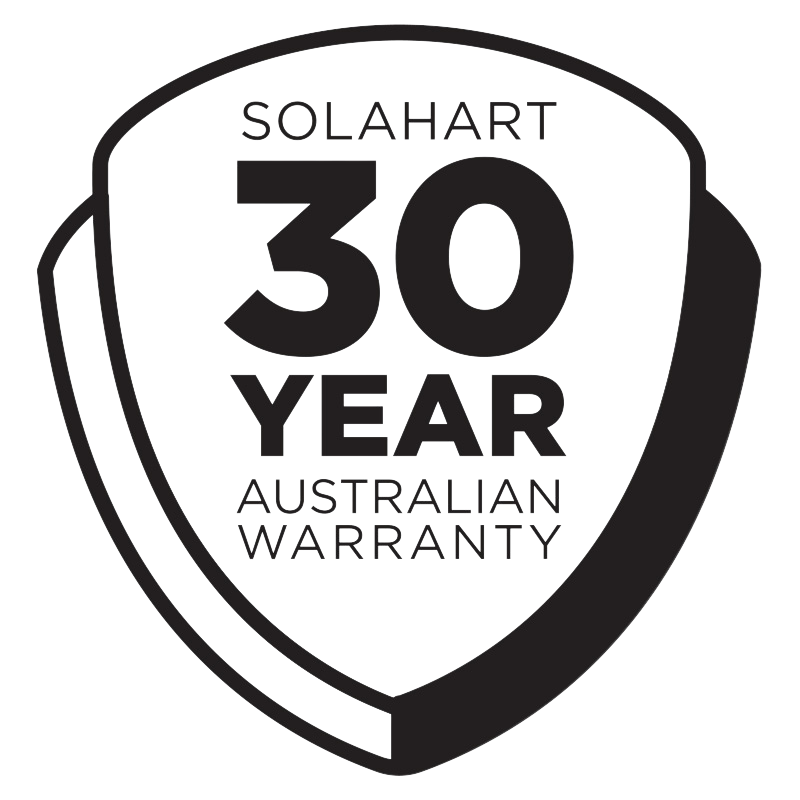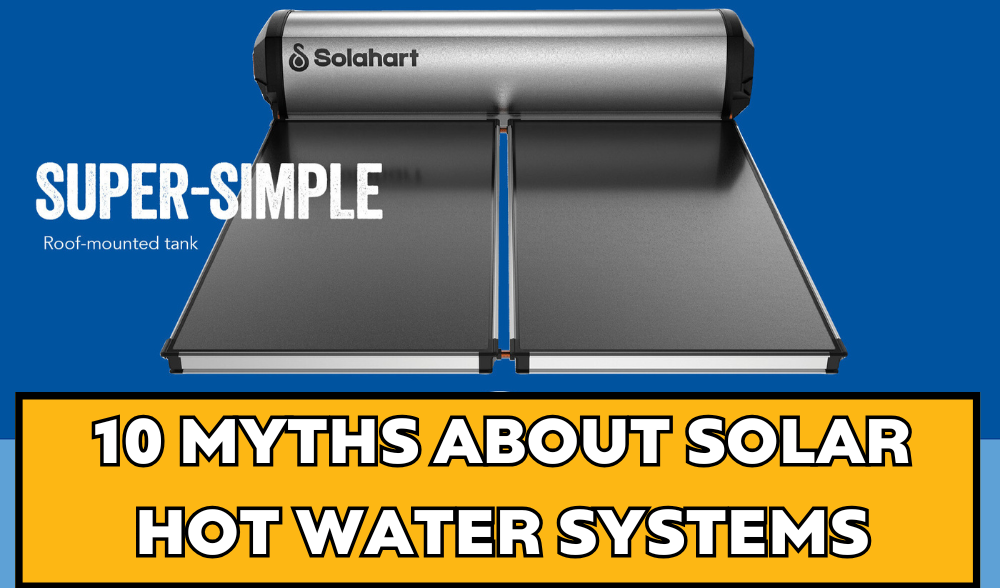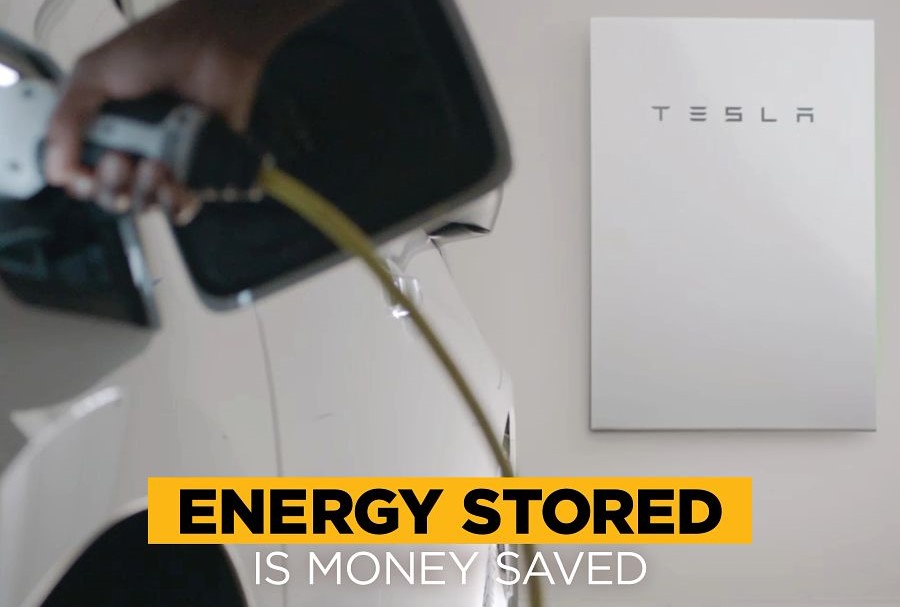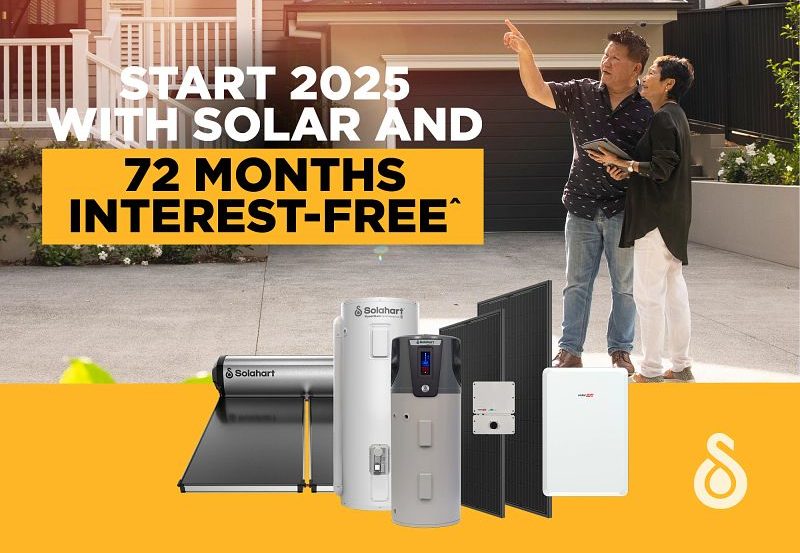Solar panels are an excellent way to supplement your home’s electricity needs. Solar panels work by converting sunlight into electrical energy, which is then stored in batteries for later use.
The storage capacity of a battery determines how long power can be provided without external assistance from the panels, or the main power grid.
But how exactly do solar panels charge batteries anyway?
The Science Behind How Solar Panels Charge Batteries
Solar panels convert the energy from the sun into DC electricity to charge the batteries.
This conversion can either be done through mirrors that concentrate solar radiation or through photovoltaic (PV) panels.
The DC electricity is then fed into the batteries via a solar regulator also known as a charge regulator.
The charge regulator keeps the batteries from overcharging since a standard 12-volt panel has the ability to put out 20-volts with the full sun, which is much more than the batteries need.
The regulator, therefore, is used to sense when the batteries are fully charged and its Low Voltage Disconnect feature switches off the supply to the load.
The charge regulator also prevents the batteries from back-feeding into the solar panels at night and hence emptying all the charge.
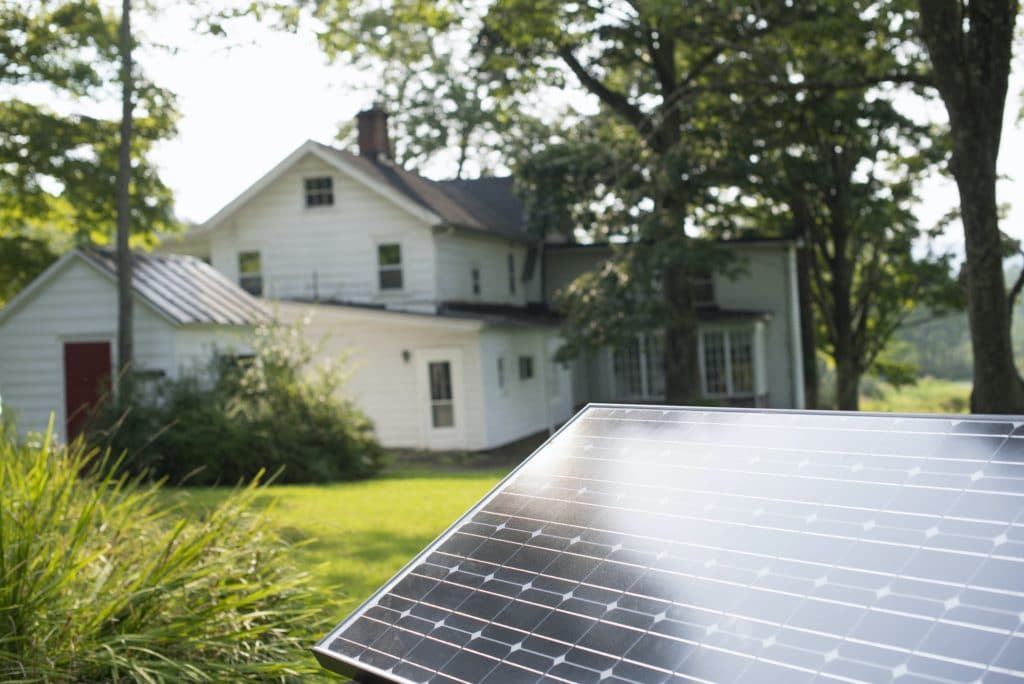
Why are Batteries Used with Solar Panels?
The batteries are used to store the energy from the sun that has been converted to DC electricity.
This DC electricity is converted to 240V AC electricity via an inverter for use during nighttime to operate household appliances that need to run on AC power.
“Although the excess energy the solar panels generate, can be fed back into the grid, as time goes on it is becoming less economically viable.”
Instead, saving the power in the batteries saves you the extra cost required to tap the grid for your required energy during peak hours like after sundown when lights, TVs, air conditioners, heaters, and hot water for showers are all operational and necessary.
To power your home exclusively with solar power, ideally, your battery bank must charge in a few hours while in intense sunlight and be ready to discharge throughout the evening and night.
These batteries are called deep-cycle batteries.
There are three types of deep-cycle batteries:
- Flooded
- AGM
- Gelled lead-acid batteries
They repeatedly discharge a lot of their capacities but have a low discharge rate.
1 amp of current flowing for one hour charges the battery by 1 amp-hour.
In most cases depending on the size of the battery, it will take 5-8 hours to fully charge a 12-volt battery with a solar panel that can produce 1 amp of current.
With regular servicing and maintenance, the lifespan of a solar battery is around 5-15 years, and that of the solar panel PV system is about 30 years.
So solar batteries will typically need to be changed only once in the entire lifetime of the solar panel PV system.
Conclusion
Unless you’re an electrical expert, it can be a bit overwhelming trying to understand the science behind solar panels and battery storage systems. So why not talk to our expert team who can talk to you about the options for solar batteries.

